Email campaigns remain one of the most cost-effective forms of marketing. Research continues to show that the average return on investment (ROI) for email marketing is $36 for every $1 invested, offering a 3,600 percent return.
The problem? Sales professionals spend 4.1 hours each day just managing emails. This can lead to decreased productivity in client calling, prospecting, and closing deals. Focusing too much on their inbox disrupts your sales team’s workflow and causes burnout.
Advances in AI-powered automation can help by handling email marketing tasks like research, customer personalization, and scheduling, as well as follow-up. And you can reduce email marketing costs, improve your ROI, and give your staff more time to work on projects requiring critical thinking.
Even better, AI can improve your campaign performance by crafting emails that are hyperpersonalized and help you convert more clients. You can also use it to test your campaigns and avoid common sales email mistakes.
Let’s take a closer look at the features of a high-converting sales email. We’ll then share some sales email tips that can optimize your campaigns, explore how AI-powered automation is transforming traditional email marketing methods, and show how you can implement AI to boost sales.
The anatomy of a high-converting sales email
From subject lines to calls to action (CTAs), sales professionals need to be aware of how customers respond to different parts of an email. Let’s examine each segment.
Subject lines that get opened
Motivate your clients to open your emails by providing subject lines like the following:
- Increase website traffic by 25 percent with [our product/solution]
- Boost sales conversions with [our CRM software]
- Learn how to double your response rate in 4 simple steps
- Eliminate workplace communication issues with [our product/solution]
According to marketing solutions provider Porch Group Media, 47 percent of people will open an email based on its subject line. Unfortunately, 69 percent of recipients will also report emails as spam if that subject line appears irrelevant or valueless.
To make sure that doesn’t happen to you, create short, catchy headings that promise meaningful benefits. Keep your subject lines under 50 characters, for higher open rates. When describing your offer, focus more on your benefits than your features.
Opening lines that hook readers
Consider how the following opening lines draw readers into an email:
- Congratulations on your recent promotion to sales manager!
- I saw the press release on your recent expansion to [new market/region] and wanted to know how you’re handling [a challenge related to the expansion].
- I read your recent social media post about [challenges faced by your industry] and wanted to share how [our product/service] can help you in that area.
- With the recent shift in [your industry] toward [a new industry trend], I wanted to see how your company is handling [specific challenges related to this trend].
Your opening lines need to hook a reader and make them want to read the rest of your sales email. Avoid generic openings like “Hi, my name is …” These kinds of emails hide your purpose from the reader and can sound redundant, since your name is already in your email signature.
Instead, refer to the reader’s specific achievements, which will show that you’ve been paying attention to their company. You can then discuss how your offer can help them manage their responsibilities more effectively. Knowing you are interested in their actual work, the reader will be motivated to read on.
Alternatively, you can refer to the reader’s trigger events. For instance, mentioning company-related product launches or mergers shows the reader you’re aware of current events related to the company, which also helps build rapport and increases your email’s relevance.
Body copy that converts
Limit your email’s body copy to 50–125 words, so you don’t overwhelm the reader. Short, memorable sales emails lead to better response rates.
Focus on your prospect’s pain points. For instance, if you’re offering a new CRM software, don’t focus on its features. Instead, acknowledge that your prospect may be suffering from inefficient lead management, poor visibility into the sales pipeline, and a lack of centralized customer data. By listing these common issues that lead businesses to invest in CRMs, your email looks more relevant.
Give specific examples of how your product or service will benefit your client. If you’re dealing with a client that loses qualified leads, detail how your CRM system automatically scores leads and sends follow-up reminders. Explain how centralizing all lead data in a single repository provides all team members with the same up-to-date information, eliminating confusion and improving organization.
Support your claims with social proof and relevant case studies. Show how your solution has helped other clients see a measurable increase in productivity. Offer testimonials from satisfied customers. All this entices email recipients to follow up with you.
Calls to action that drive response
CTAs can take many forms. You may want your email recipient to download your guide, start a free trial, book a demo, or contact your sales department for a free quote. Whatever your approach, make sure your CTA displays the following characteristics:
- A single, clear, and concise action you want the reader to take (e.g., “Schedule a free demo”): This reduces decision fatigue and ambiguity for the reader.
- A reason readers should perform this action: This is often linked to a benefit (e.g., a free guide, a discounted price).
- A sense of urgency: Emphasize your offer is for a limited time only and readers should take advantage of it right now.
- A link to help perform the desired action: This is particularly important if you want them to schedule an appointment. Including calendar links helps provide more frictionless scheduling and increases the likelihood that readers will follow through.
Advanced sales email strategies
Increasing your email conversion rate often can be achieved by personalizing your messaging and sending effective follow-up emails. Periodically testing different types of emails and tracking their conversion metrics also helps optimize your email campaigns. Make sure to use the following sales email best practices.
Personalization at scale
Research your prospects thoroughly before emailing them. Visit their website, review their blog and social media posts, and check out any recent news or press releases concerning the prospect or their company. All this information can be used to tailor your email and show you’re familiar with their needs.
Use trigger events to follow up with prospects at the ideal time. For instance, if a press release indicates there’s been a change in company leadership, email the new manager. Likewise, follow up with prospects who clicked links in your emails and provide more information on the service or product they were interested in.
Also, be sure to leverage mutual connections. Mention satisfied clients who suggested your company reach out to help solve your prospect’s problems. If possible, share stories about how your company addressed an issue faced by both the prospect and the mutual connection. Make sure to get permission from your mutual connection before referring to them in an email.
Follow-up sequences that work
After your initial email, you’ll want to follow up with a series of emails to nurture each lead, build rapport, and convert prospects. Use the following tactics to secure more responses:
- Send your initial follow-up two to three business days after your original email.
- Send subsequent follow-ups within a week, two weeks, or a month, to avoid overwhelming potential clients.
- Contact prospects who click on email links, visit your website, or call your company within one to two days.
- Offer something valuable with each email. For example, link to a new case study, industry report, discount offer, or webinar invitation.
To secure most sales, you’ll need to follow up five or more times. This process is more organized when you use the specific intervals mentioned earlier, delivered through an automated system.
A/B testing your email campaigns
Sales emails can take different forms. For example, you can provide prospects with testimonials, success stories, or case studies. You might also offer limited-time deals or product recommendations, as well as invitations to workshops or in-person events.
To see what type of sales email strategies work best for your prospects, try A/B testing. Start with a clearly defined goal. What do you want to achieve with your campaign? Do you want to increase your open rate? Encourage recipients to click links? Convert more prospects to clients?
Now, create two versions of a sales email that differ only in a single element you want to test. For instance, you can test subject lines or CTAs. You can also change the time you email prospective clients.
Divide your email list into two equal groups. Send one version of your email to one segment and the second to the other. Track the results. Did one version generate higher open rates? Did one segment click on more links than the other?
This data shows what you should include in your sales email to trigger the desired responses. You’ll need to conduct new A/B tests periodically, to update your email campaigns for new prospects and drive more sales.
Common sales email mistakes to avoid
Knowing what not to do in your email campaigns is often as valuable as knowing how to write a sales email that works. Check your emails for the following common mistakes:
- Relying on generic, templated messaging: Failing to identify your prospect’s specific pain points, highlighting only vague benefits, and not mentioning any past client interactions can quickly alienate potential clients.
- Focusing on product features over customer-centered benefits: Your email will seem irrelevant if you don’t explain how your product or service addresses specific work-related issues or solves key pain points.
- Overwhelming prospects with content: Potential clients are likely to ignore your email if you don’t space out your follow-ups by a few days or if you email prospects at inconvenient times (e.g., Mondays and Fridays or after hours). Worse, your emails will get buried in a prospect’s inbox.
- Failing to make your emails mobile friendly: Small fonts and large images make emails difficult to read on mobile devices. Using them could cause your messages to be ignored by prospects who check their email on the go.
The future of sales email: AI-powered automation
If these tips and strategies sound time consuming, don’t worry. AI-powered automation can handle many essential sales tasks, leaving your team with more time to focus on decisions that require critical thinking. Let’s see how modern digital tools optimize your email marketing campaigns.
How AI is transforming sales outreach
AI-powered tools can quickly process and analyze vast amounts of information. This makes them ideal for handling tasks like researching clients using information from your CRM, website activity, industry reports, and more. AI can even use this data to rank leads based on their likelihood of becoming customers. All these tasks provide useful insights for sales emails and prioritizing prospects.
Your AI assistant can also use this information to help craft tailored sales emails. For instance, its subject lines might refer to a prospect’s past purchase or use emotional trigger words (e.g., “limited-time offer”). It builds rapport by adopting a conversational tone and can throw in relevant case studies to establish credibility.
Along with email drafting, you can delegate follow-up pacing to your AI assistant. It can schedule emails to go out at optimal send times, based on your testing, and incorporate recipient responses to prior messages. For instance, prospects who click on an emailed case study link could be sent additional emails with more information related to the case study, further stimulating their interest in your services.
AI tools not only save you time, but also get creative in crafting sales emails and communicating with clients. These benefits can significantly increase your conversion rates.
Introducing Jotform’s Gmail Agent
As AI technology becomes more widely used in business environments, digital tools like AI Agents are becoming more popular.
What are AI Agents? AI Agents are software tools smart enough to make decisions, communicate, and act on their own. Some agents, such as utility-based agents or hierarchical agents, are designed to perform unique tasks. Choosing the best AI email assistant for your sales team can help them stay on top of multiple tasks.
Jotform’s Gmail Agent provides the AI-powered tool you need to save time, stay on message, and respond to clients faster. Securely connected from Jotform to your company’s Gmail through OAuth, our Gmail Agent has several advantages:
Accelerated response times
Jotform’s Gmail Agent automatically generates email replies to sales inquiries, saving your sales team the trouble. After your team reviews each email, they can send their responses in seconds.
A consistent brand voice
Pulling information from successful past sales conversations, other emails, and your FAQs, your AI assistant can generate sales email drafts that reflect your company’s voice, so your business maintains a consistent tone across messages.
Quality control
Your AI Agent generates email drafts. It won’t send emails without your approval. Your sales team can review, edit, and add human touches to each draft before they hit Send. You’ll maintain the ability to personalize your sales emails as much as you’d like.
Smart inbox organization
Gmail Agents automatically create and apply smart labels to each email. You can categorize each email by lead stage, priority, or type. Labels allow you to prioritize and find key emails faster.
Reduced repetitive tasks
With automation, your Gmail Agent can generate quick responses to routine questions about pricing, demo requests, and product features. And your sales teams can spend more time nurturing leads and securing sales.
A unified experience
Jotform’s Gmail Agent integrates with your other AI Agents and knowledge base. You can train your AI Agent using your company’s support documentation, FAQs, and resolution strategies. The Gmail Agent can also integrate with external tools and existing AI Agents via API requests.
With all of this information, your Gmail Agent can draft more context-aware responses to customer inquiries, creating more consistency and aligned messaging.
Data security
Jotform’s Gmail Agent encrypts your data and never shares it with others. You maintain full control over your company’s information.
Real-world benefits
Beyond the just-listed advantages, an AI-powered email assistant like Jotform’s Gmail Agent provides additional practical benefits.
Saved time
By allowing Jotform’s Gmail Agent to handle repetitive tasks like manually retyping responses to common questions, you can free up to over four work hours a day. This is time that can be spent on more critical tasks, such as building face-to-face relationships with clients and closing deals.
Reduced work stress
Email management can be mentally draining for your sales team. By letting Jotform’s Gmail Agents draft replies, label email, and filter nonessential emails, you can help prevent workplace burnout. Sales professionals will enjoy improved focus and be able to give their full attention to important tasks.
Better brand consistency
Effective sales emails are similar in tone to your website, social media posts, and other marketing content. Jotform’s Gmail Agent learns your specific brand tone by analyzing your past emails. It can also be trained with website and other reference information, to make sure your drafts reflect your company’s brand guidelines.
Company-wide support
Jotform’s Gmail Agent can also assist other departments. For instance, it can automatically generate HR replies to routine questions or send event reminders and confirmations for event management. This support can enhance your overall business efficiency.
Better customer support
Email overload and poor email management can lead to lost opportunities, frustrated customers, and potentially damaged relationships. Sales professionals may overprioritize “hot” leads over ones that need more nurturing. Support requests can go unanswered.
With Jotform’s Gmail Agent, no lead falls through the cracks. Your AI Agent can help nurture leads by drafting personalized responses and follow-ups, and delivering them in seconds once you hit Send. Timely communication boosts engagement and, ultimately, your conversions.
This same fast response time helps sustain good customer relationships when you receive support requests. Your AI Agent can handle common inquiries by drafting personalized responses to FAQs. If a support request is more complex, it can flag that email for review, helping your sales team prioritize.
Practical implementation guide
Incorporating Jotform’s Gmail Agent into your regular workflows can take some time. While the initial setup is quick, you’ll need to help your sales team get familiar with the new AI tool and train your AI Agent to reflect your brand tone and style.
Here are some best practices to make the transition easier:
Setting up Gmail Agents
To set up your Jotform Gmail Agent, go to the Jotform AI Agent Builder and access the Publish tab in the blue navigation bar at the top of the page. From there, select Gmail Agent from the left-hand menu, click Authenticate, and connect your Gmail account.
You’ll have to allow access to certain permissions, including permission for your AI Agent to read, draft, and send emails from your Gmail account. This access is granted through Google’s OAuth process. You won’t have to share your password or manually transfer any data.
Now, your Gmail Agent can review, organize, and study your past emails. It will learn how you respond to emails, how to replicate your tone, and how to answer common customer questions. Key insights are added to your knowledge base, and with the Learning Mode on, the AI Agent can improve with every reply.
Setting up automated workflows
Once you authenticate your Gmail account with Jotform, you can enable the Autogenerate Draft feature in your Gmail Agent settings. This will allow your AI Agent to draft email responses. The drafts appear in the Conversations page in Jotform, as well as the Gmail Drafts folder, for your review.
You’ll need to review each draft before they can be emailed. If you find you keep changing the same things (like adding a specific email signature), you can customize your settings so the agent follows suit.
You can also customize your settings to exclude certain emails from automatic responses or select labels for which drafts you want generated. Customizations help to streamline your workflow and tweak emails to your satisfaction.
Building more productive AI-human collaborations
While Jotform’s Gmail Agent can draft sales emails, sales professionals still need to review and approve the drafts before sending. Use this opportunity to edit and refine the drafts, checking them for accuracy and further personalizing them to get a better response from your prospects.
To help employees adjust to these new tools, consider a phased implementation in which small teams receive well-defined tasks for using Gmail Agent in their daily activities. Provide clear training materials that outline best practices for using the AI Agent, and partner with specialists who can provide onsite tech support. As these employees become familiar with the tool, you can start a broader adoption.
Employees should regularly add to your AI Agent’s knowledge base to improve its performance. You can give your AI Agent website URLs from your company or your prospect’s website so it has more relevant information. You can also upload PDFs of product manuals, user guides, and policy documents. Your AI Agent can then refer to these documents to provide more accurate answers to customers.
Employees can also use the Jotform AI Builder to train AI Agents by typing important or commonly asked questions into the knowledge base, along with the answers to those questions. With this input, your AI assistant can provide precise responses when it encounters those questions or similar inquiries. Over time, this training will help the Gmail Agent draft better emails that meet your team’s standards.
Measuring your success and optimizing for better workflows
To assess the success of your Gmail Agent, identify the workflow improvements you wanted to from using AI. Did you want to save in-labor costs? Increase conversions? Improve customer satisfaction or employee engagement?
Develop key performance indicators you can track to measure workflow changes. For instance, if you want to assess workplace productivity, you could measure how much time employees save by automating specific tasks or how many tasks are completed in a given time frame. Jotform analytics can also be used to track conversions and response rates.
Assess your current status, and identify areas for improvement. Use A/B testing to see which automation methods lead to more effective workflows. Request feedback from customers and employees.
Implementing sales email best practices in all your campaigns
AI software like Jotform’s Gmail Agents can help your company reap the benefits of email marketing campaigns without burying your sales team in repetitive tasks and excessive email management. By crafting sales emails with catchy subject lines, benefit-rich body copy, and clear CTAs, you can provide your AI Agent the material it needs to generate similarly effective drafts.
Writing good copy isn’t the only element of successful email marketing. Personalization, good follow-up techniques, and mobile-friendly design all play a part in keeping your prospects engaged. When your sales team develops good marketing strategies and teaches those tactics to your Gmail Agent, you all enjoy more efficient workflows and more closed deals.
If you’re ready to save more time and build better email campaigns by using AI Agents, visit our website. There, you can connect Jotform’s Gmail Agent to your Gmail account and see how easy drafting customer responses can be. Jotform’s AI Agents can complete a variety of important tasks and streamline workflows. Visit us to make your business more efficient today.
How AI is transforming sales outreach
AI-powered tools can help you research prospects and rank leads, helping your sales team prioritize. This software can also generate catchy subject lines, incorporate relevant case studies, and tailor email drafts to each client’s preferences. When sending follow-up emails, AI can schedule them to for optimal times and even respond to specific triggers, such as when a prospect clicks on a link in your sales email, indicating interest. All this streamlines your workflows, provides you with strategies for connecting with clients, and increases your conversion rates.
This article is for sales professionals, email marketers, and anyone who wants to improve response rates, save time, and optimize their sales email strategy through effective techniques and AI-powered automation.
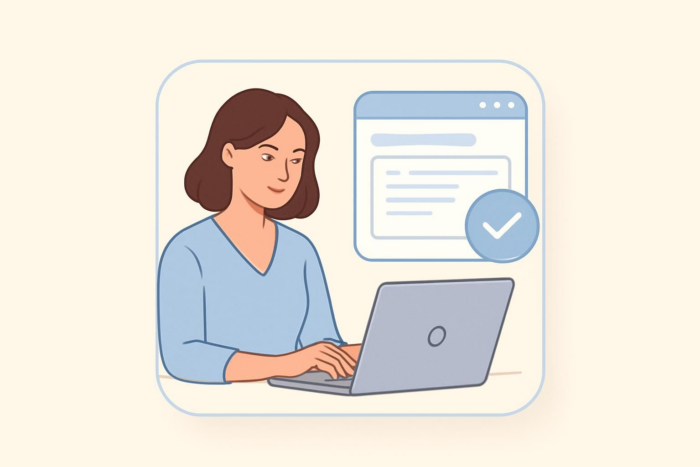
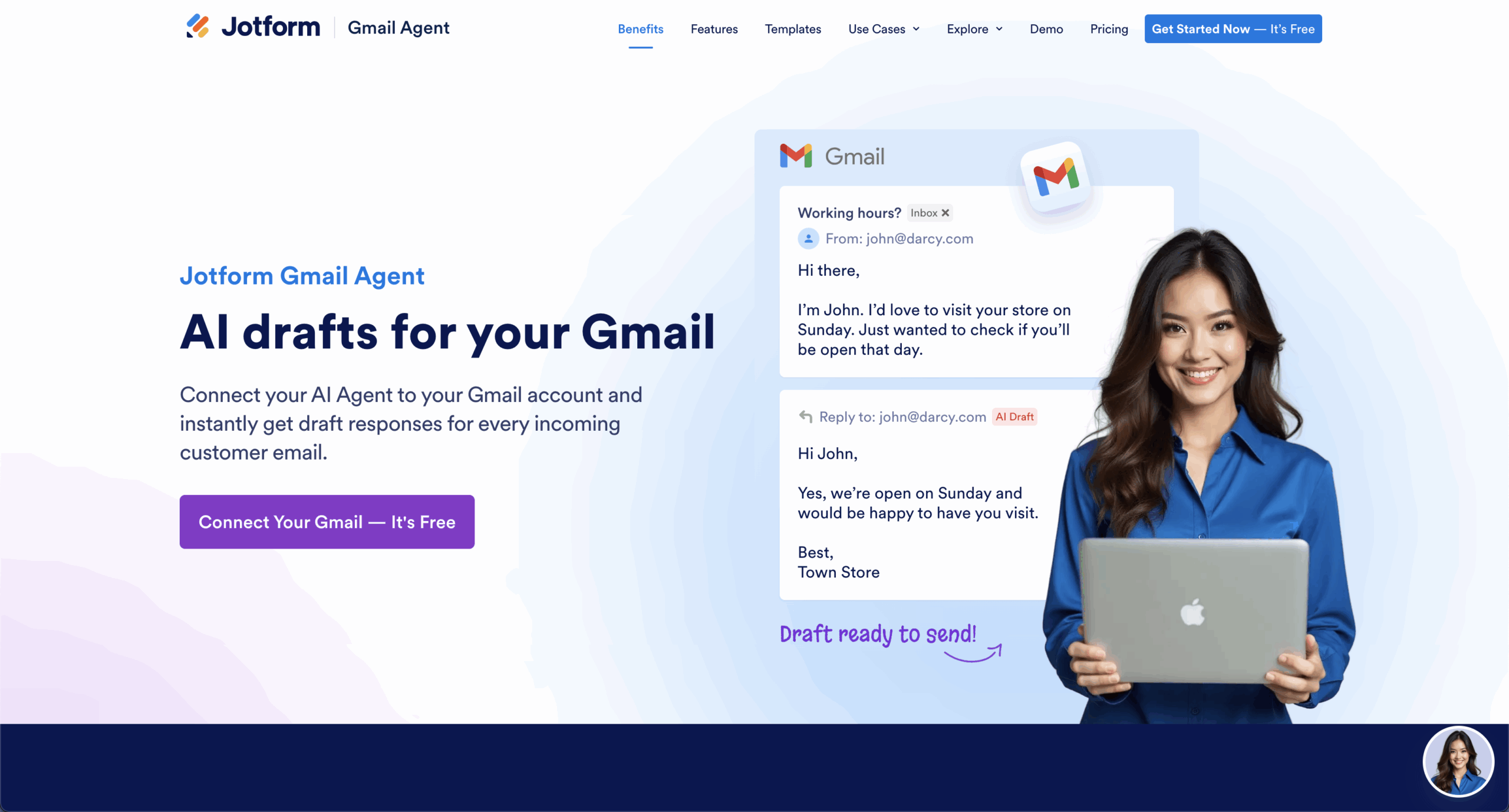

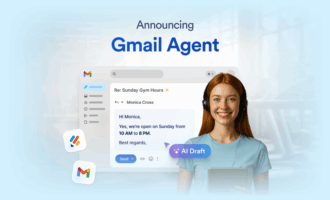
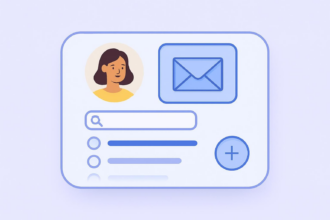
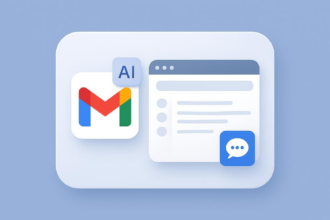
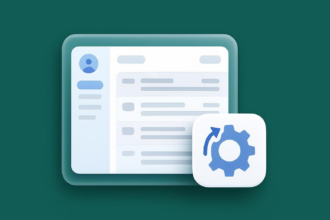
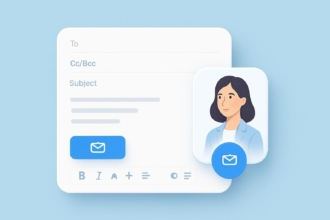
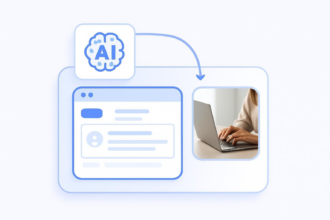
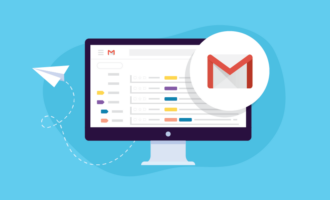
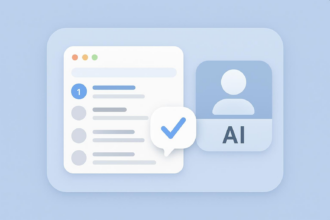
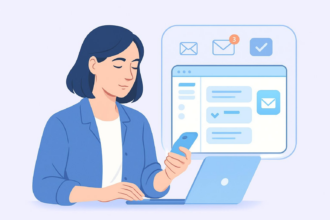

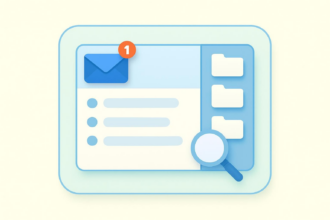
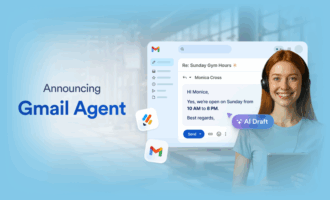
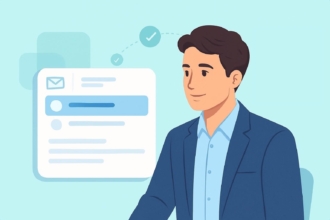
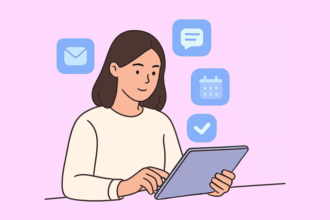

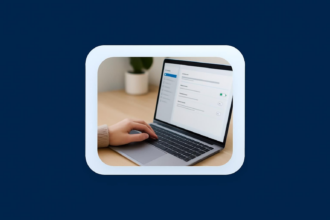
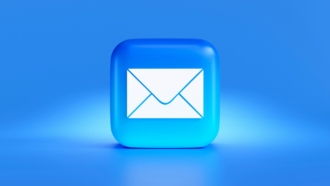
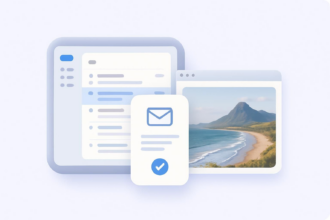
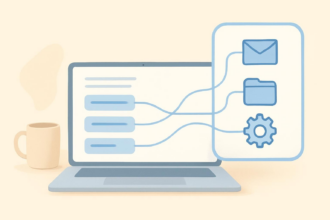
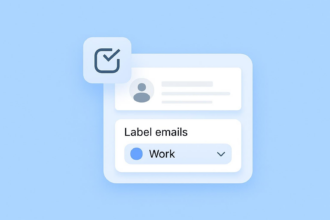
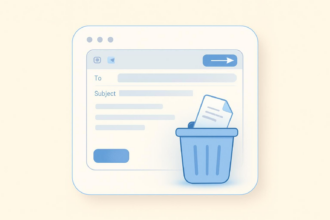
Send Comment: